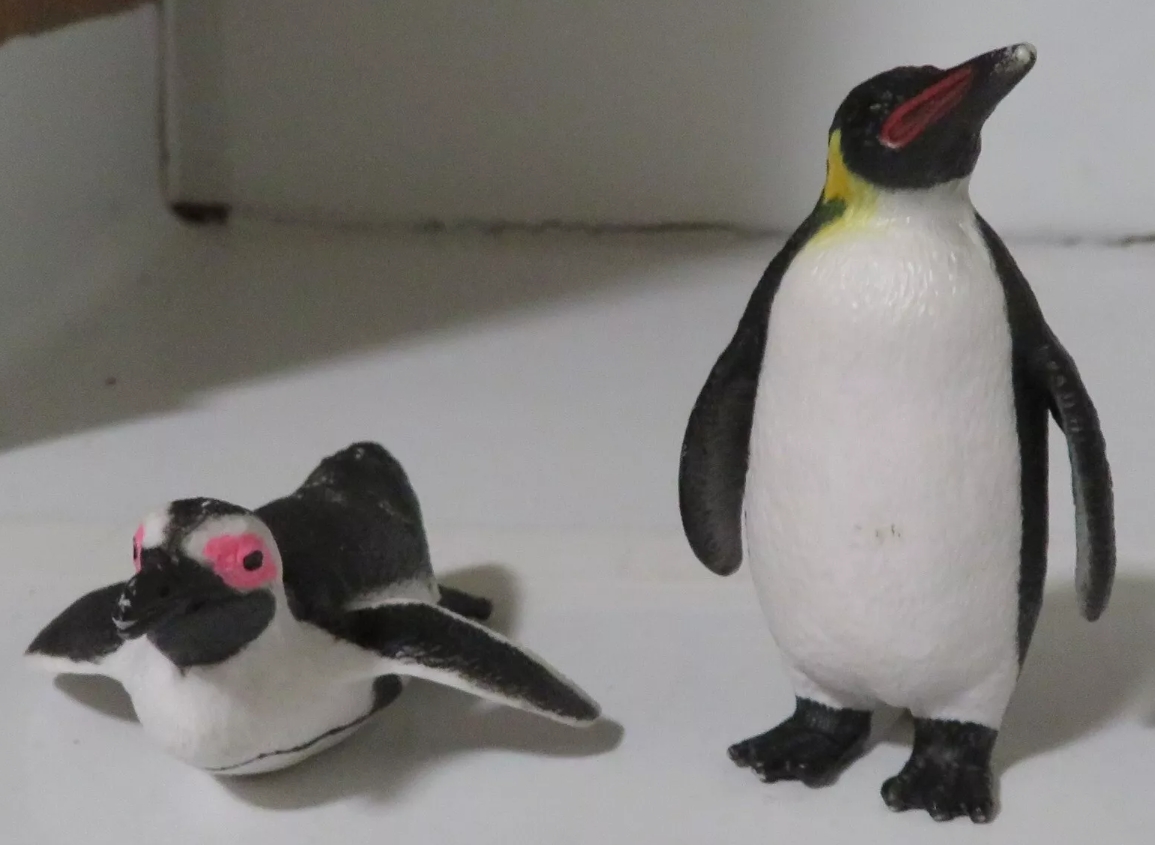Penguin model is a kind of theoretical model widely used in system design and development, especially for its intuitive metaphor and practical application effect. The model provides a new perspective and method for the analysis and optimization of complex systems by simulating the way penguins survive and reproduce in their natural environment.
In the Penguin model, all individuals are treated as independent but closely interacting units. Each penguin represents a component of a system that collaborates, competes, and exchanges information to achieve a common goal. This interaction allows the system to remain stable in a changing environment, similar to the flexibility and adaptability required by a team or organization in the face of challenges.
At the core of the model is the recognition of the importance of the relationships between individuals to the overall system effect. By establishing a "aggregation-evolution" mechanism, the Penguin model demonstrates the power of swarm intelligence. Although individuals have limitations, unexpected wisdom and coping abilities often emerge in groups. This feature has important implications for solving complex problems, optimizing resource allocation, and improving overall efficiency.
In addition to optimizing the function of the system, the Penguin model also emphasizes the important impact of environmental changes on the system. Penguins in nature face challenges such as climate change and fluctuations in the food chain. Through this phenomenon, the model reminds designers that they must pay attention to the impact of external factors on the system and formulate corresponding coping strategies. In this situation, the ability to adapt flexibly and actively to the environment becomes the key to the sustainable survival and development of the system.




